Lenovo-owned Motorola has had some hits and misses with the Moto G series over the last couple of years. While the company has been banking on its clean, stock Android aesthetic to woo customers, the presence of powerful rivals has made users gravitate towards other options. With the newly launched Moto G30, priced at Rs 10,999, Motorola is looking to change that, banking on the phone’s solid specs, 90Hz display, quad-camera setup, and more. Here’s a detailed look at the Moto G30 in this review.
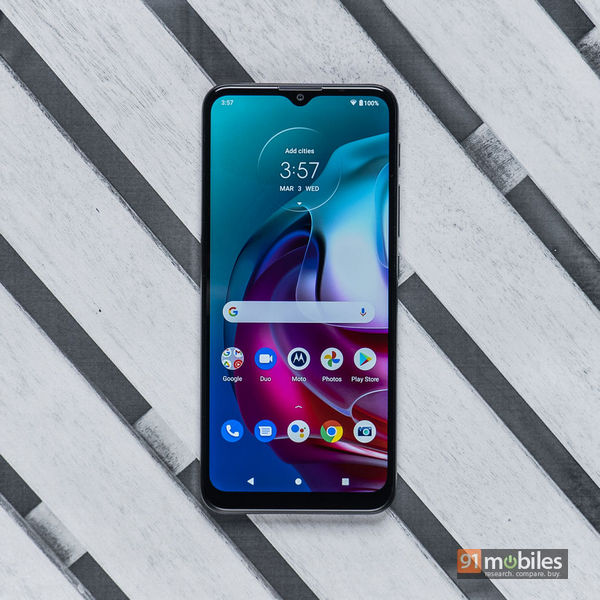
Verdict
The Moto G30 happens to be a capable budget phone, offering reasonably good performance, a near-stock Android experience and a versatile camera setup. The 90Hz refresh rate display works quite well and you get a big battery to go along with it. However, if you are ready to forego the higher refresh rate and cleaner software for a device that is better in every other department for Rs 1,000 more, the Redmi Note 10 (review) is worth a look.
The lowdown
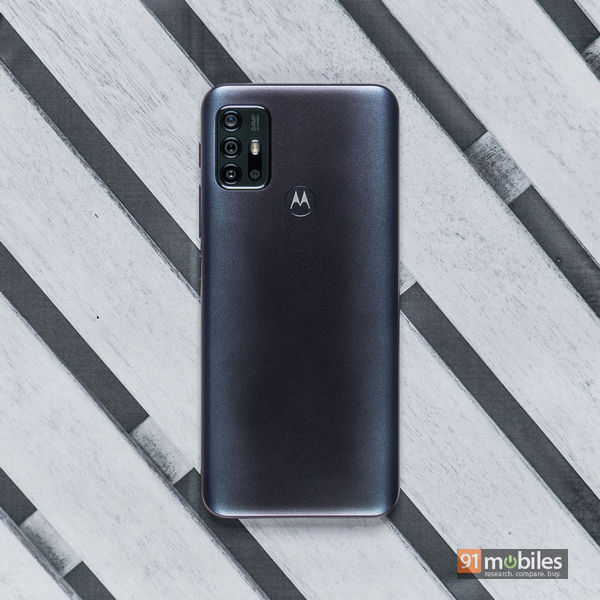
As is usual on a budget Motorola device, the G30 has a thick plastic body and is quite heavy in the hand. I do like the light gradient finish, which makes the phone stand out from most of the crowd… although nothing can beat the POCO M3 (review) in that regard. The familiar Moto logo with the fingerprint integration is also present, while a quad-camera protrudes slightly from the back. Among other things of note is a textured power button that’s it easy to differentiate from the dedicated Google Assistant button by feel alone, both of which are placed on either side of the volume rocker. On the bottom are a USB-C port and a speaker grille, with the headphone jack being placed on the top and the dual-SIM slot on the left.
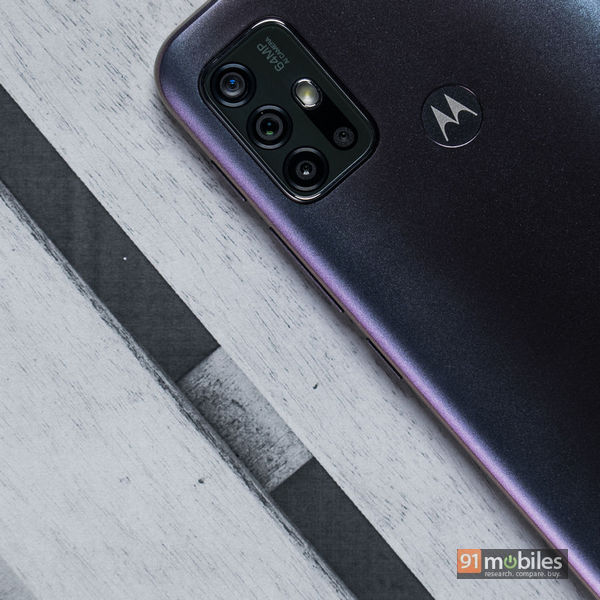
A big selling point for the Moto G30 is its 90Hz refresh rate panel, making it one of the only budget phones alongside the Galaxy M12 (review) to have this feature. The 6.5-inch HD+ (720 x 1,600) screen on the phone comes with wide bezels on the sides and a waterdrop notch on the top. As far as smoothness goes, I have very little to complain about the fluidity that the 90Hz panel brings to the table, especially when in the budget category. It works well for the most part with the occasional jitters while browsing. The rest of the panel showcases slightly dull colours overall and there is a greenish tint when viewing it at an angle. Otherwise, the Moto G30’s screen is as good as any of the other budget phones in the market.
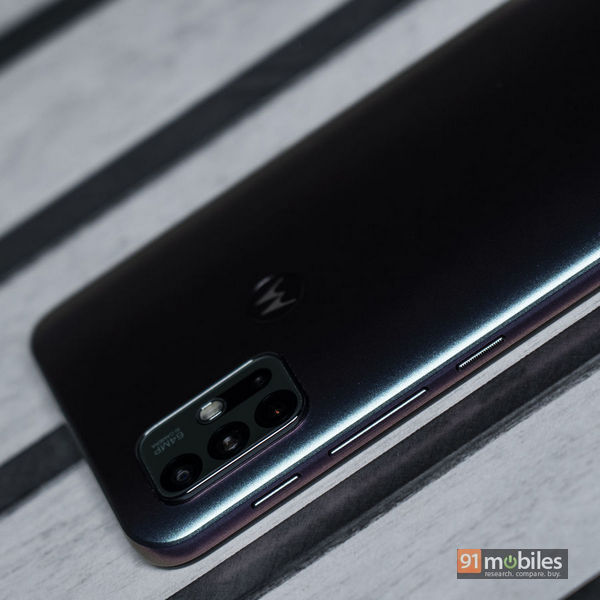
The optics are handled by a 64MP primary sensor, an 8MP ultra-wide shooter, a 2MP macro camera, and a 2MP depth sensor. On the front, you have a 13MP camera with an f/2.2 aperture. Like most budget phone, the Moto G30 takes decent daylight shots with a healthy amount of dynamic range, acceptable detailing, and generally crisp images. I also like the ultra-wide sensor which provides serviceable photos with minimal warping at the edges. The macro camera does seem to work well when the lighting is good, while the depth sensor helps in the background separation of portrait shots. At night, the shots are quite grainy and the sensor overcompensates with excessive sharpening. The dedicated Night Mode takes an eternity to click a shot and even then, the results are not really impressive. The selfie shooter also does a fairly decent job of capturing your face and doesn’t smoothen out the details as much as some other phones in the segment.
The Qualcomm Snapdragon 662 SoC has been seen in several recent budget phones and the Moto G30 uses it too. In case you want to read more on how the Moto G30’s performance compares to the likes of the POCO M3 (review) and the Narzo 30A (review), feel free to jump to the detailed comparison. Briefly, the SD662 is a good chipset, and in most of the normal use cases, there will be very few problems to report on. However, the GPU performance is not great, especially when you see comparable Helio G85-powered phones running heavy-duty games more efficiently.
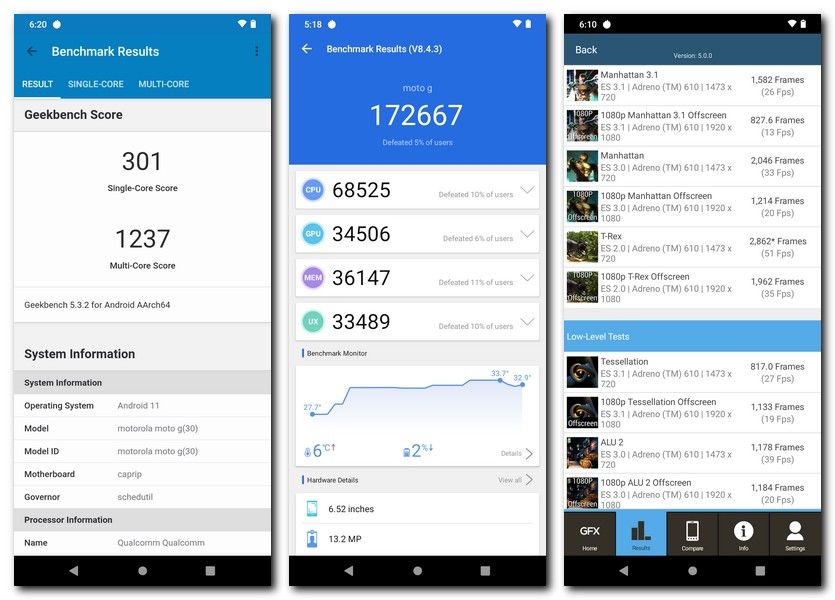
There is 4GB of RAM and 64GB of internal storage that can be expanded, but you will have to sacrifice a SIM card slot for that. The fingerprint sensor is fast, and the speaker and earpiece are satisfactory with respect to the audio quality. The Moto G30 ships with Android 11 out of the box and offers up to two years of Android upgrades. It has a bloatware-free, easy-to-use software build that doesn’t stress the chipset. Finally, the setup is powered by a 5,000mAh battery that uses 20W fast charging. As far as my usage goes, I was able to eke out one full day of regular usage, spilling over to the next day in most cases. The phone got juiced up in about 2 hours which is slightly on the slower side.
Final verdict
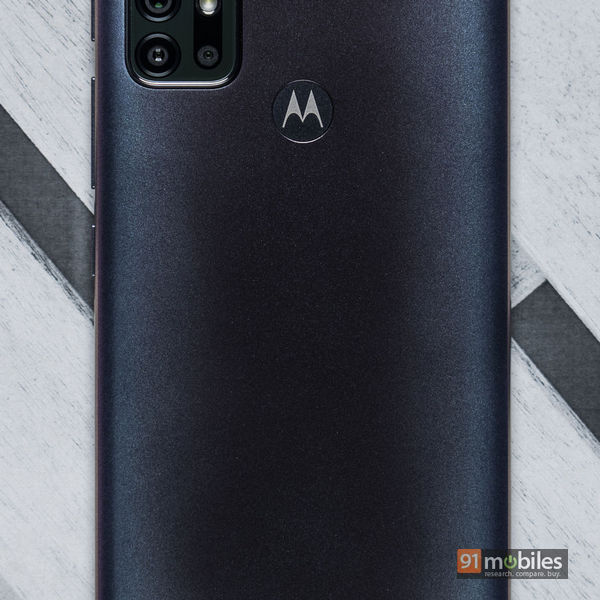
The Moto G30 is a capable phone, and has all the traits of a worthy budget-focused smartphone. It offers a decent set of cameras, reasonable performance, good battery like, clean software, and an impressive 90Hz screen. The niggles include slow shutter times with the night mode, a missing dedicated slot for the microSD card, and the heavy weight. The recently-released Redmi Note 10 can offer better features such as a Super AMOLED panel, a better quad-camera setup, exquisite design, faster charging speeds, an IR blaster, superior performance, and a dedicated microSD card slot, all of which is available for a price of Rs 11,999. However, the 90Hz refresh rate and the cleaner software makes the Moto G30 worth a closer look.
Editor’s rating: 3.5 / 5
Pros
- Smooth 90Hz panel
- Clean software
- Good cameras
Cons
- Slow shutter speeds in low light
- Gaming performance isn’t a strong suit
The post Moto G30 review: stock Android and 90Hz screen on a budget first appeared on 91mobiles.com.
via ©91 Mobiles









No comments:
Post a Comment